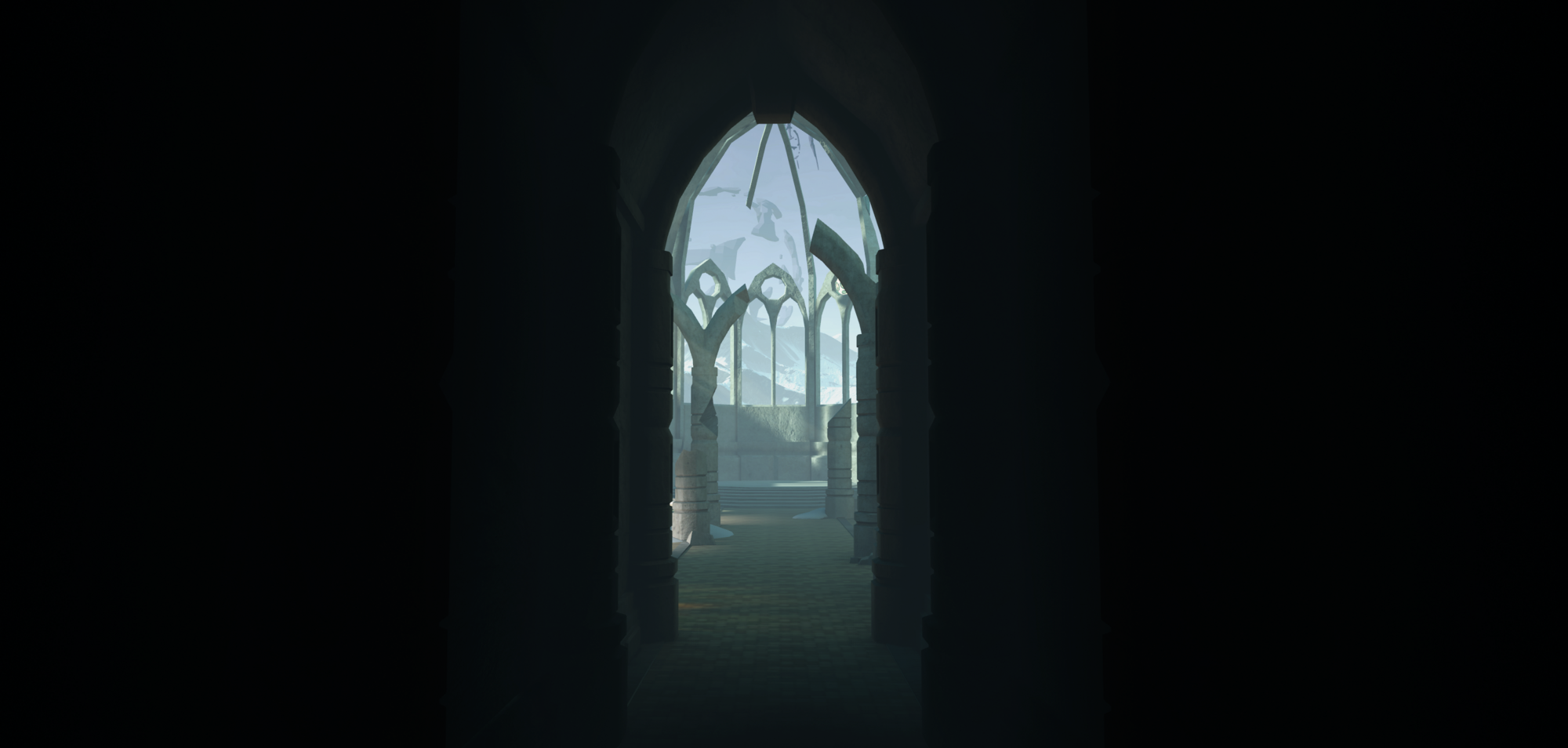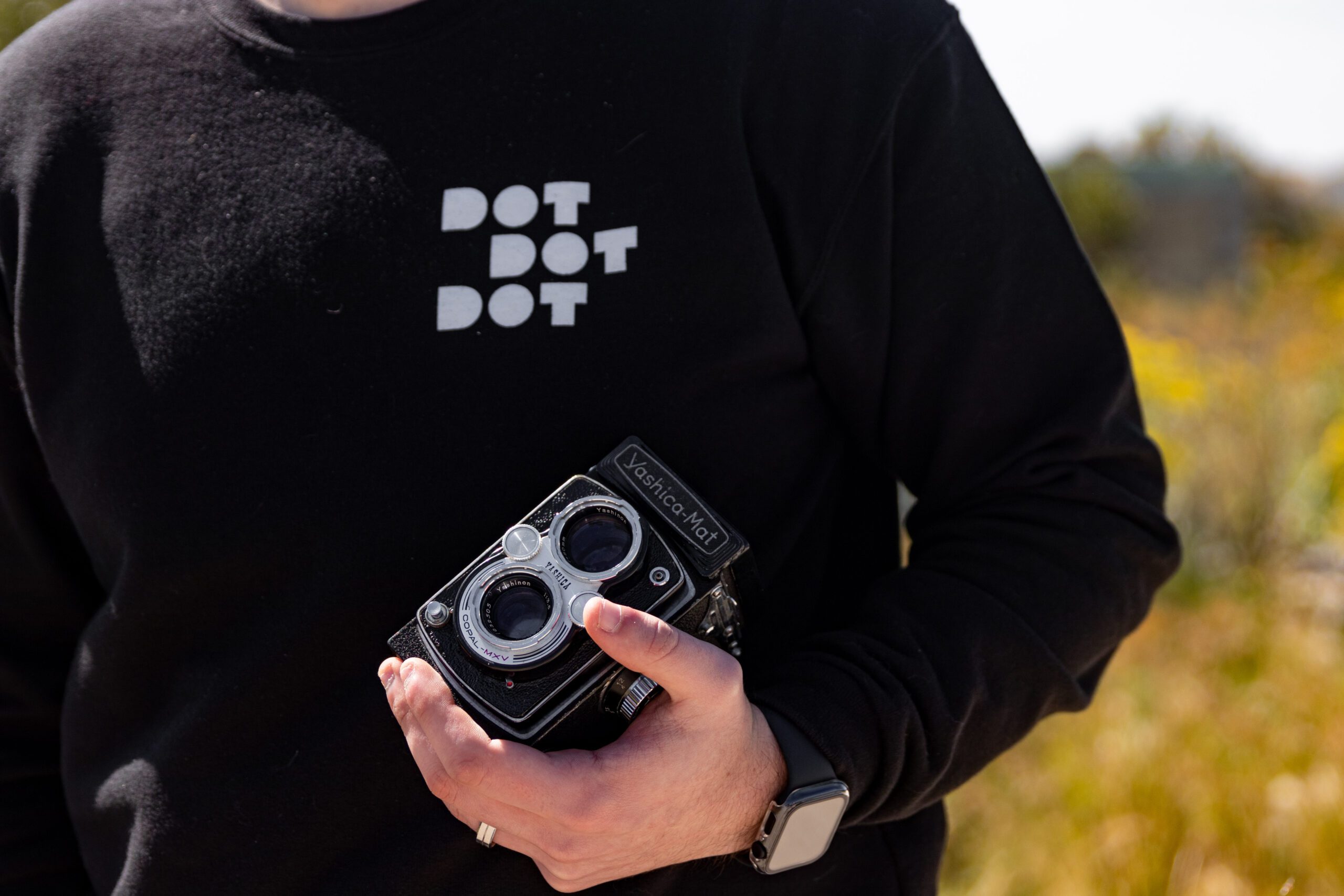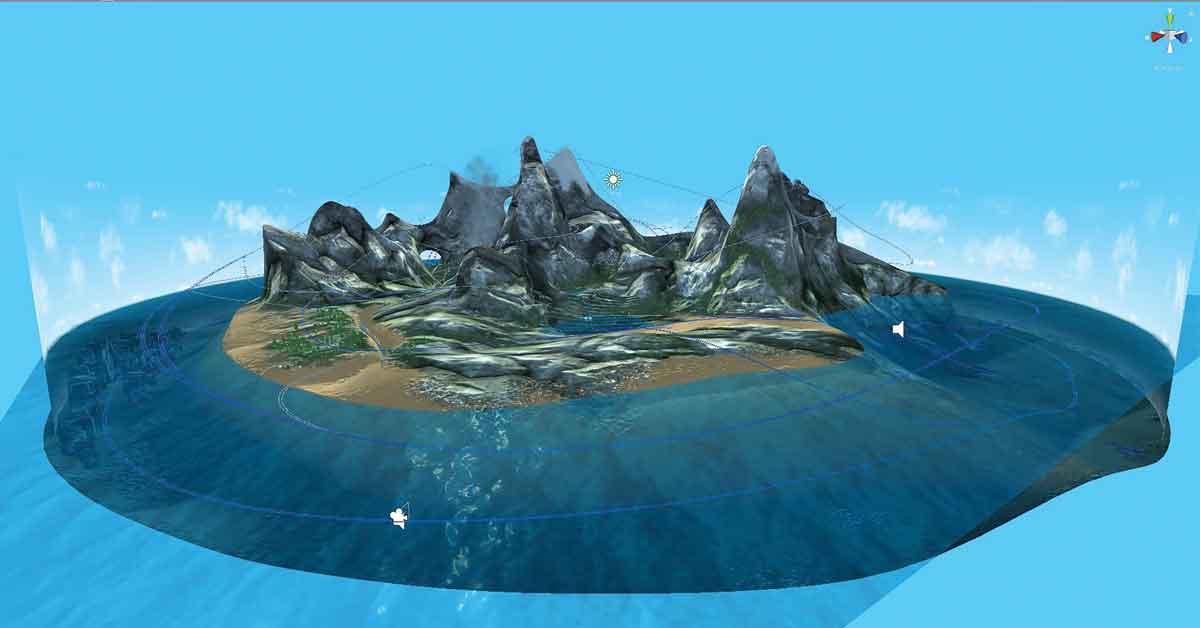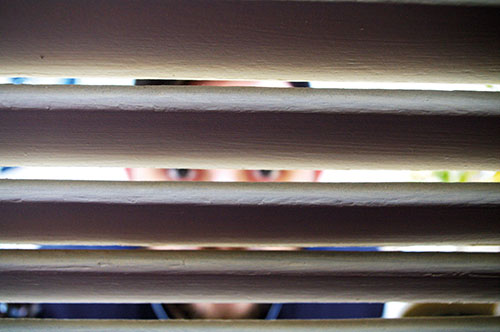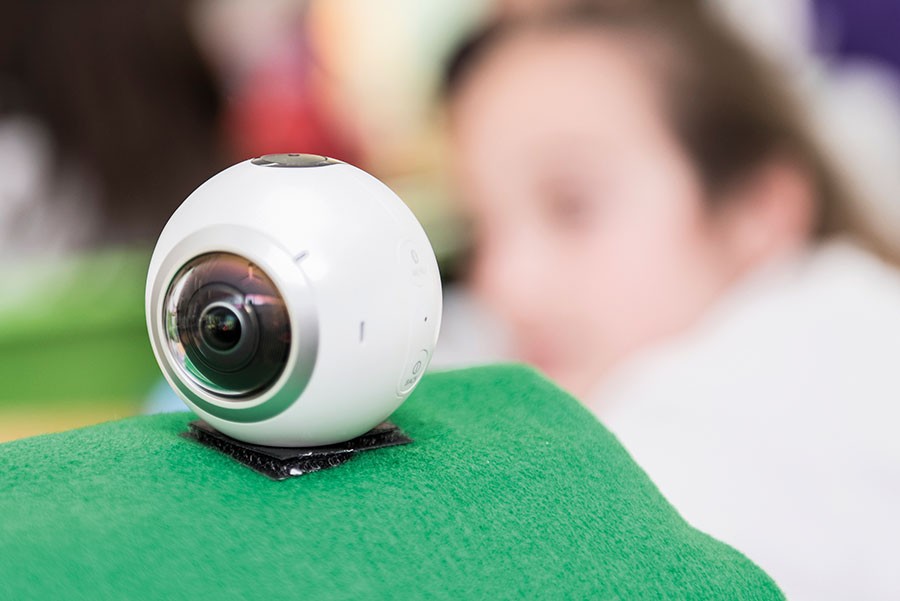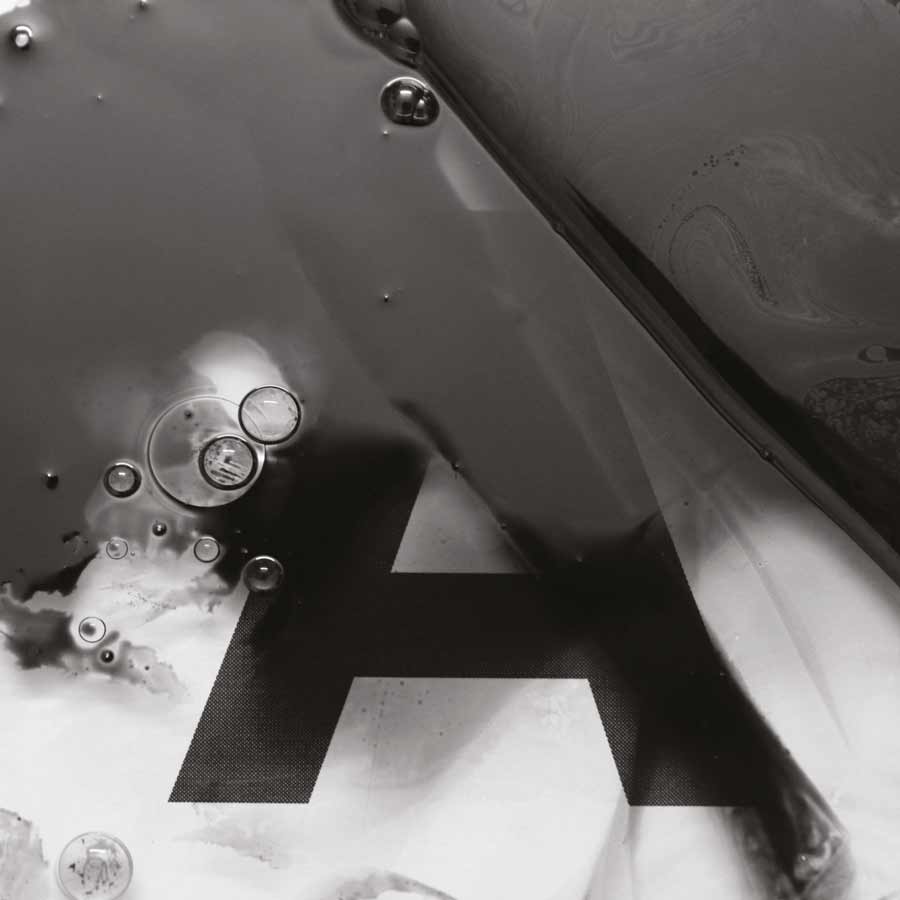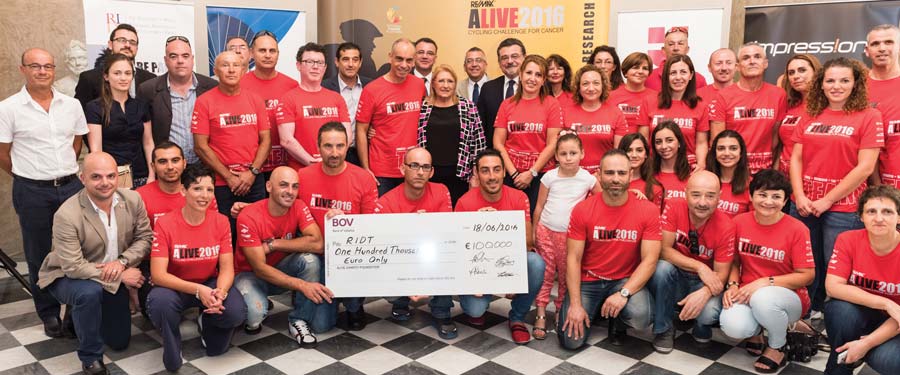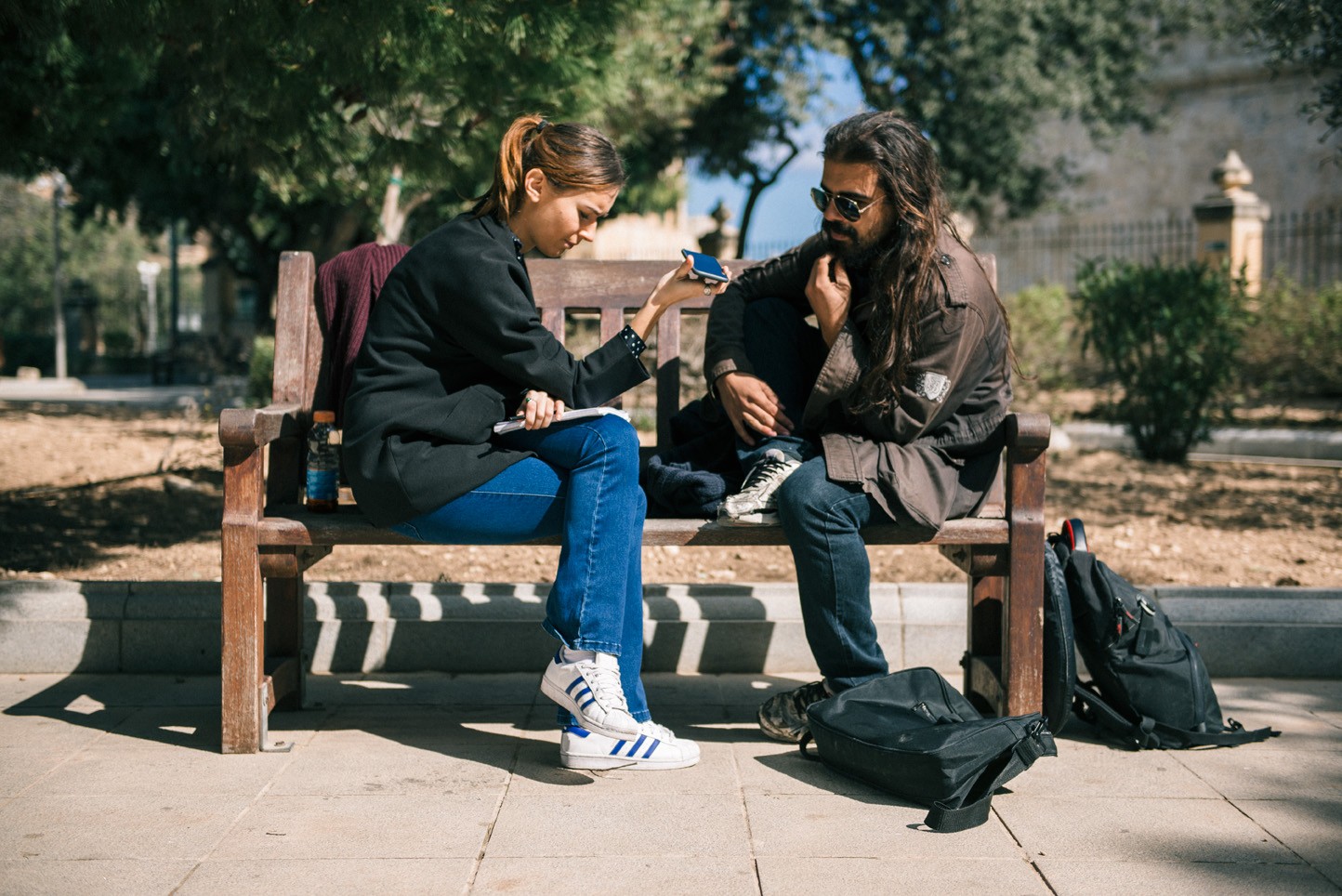The future of digital art in Malta is on display at the Sintesi exhibition, where creative media collide to form an expressive menagerie of graphic innovation. The exhibition, curated by the BFA in Digital Arts 2023 cohort, is a unique visual experience that highlights the ingenuity of modern artistry.
Continue readingdot dot dot…
A group of 28 communication students from the Faculty of Media and Knowledge Sciences set out to produce their unique take on art and creativity through their magazine, ‘dot dot dot’. THINK met up with the head of the editorial team, Julia Camilleri, to discuss their journey.
Continue readingDesigning a Dream
Can we reduce the level of pain perception in the brain? Distraction therapy has been used by health professionals for years to help children and young people cope with painful procedures. The aim is to take the focus of the patient away from the pain and concentrate on something else instead. Books, games, music, and toys are some of the many types of distraction therapy.
Continue readingMAKS: MFA Digital Arts
From the MFA in Digital Arts students at the Faculty of Media and Knowledge Sciences, this selection of works showcases how art can turn into research in varied areas, from the concept of re-appropriating gaze to the creation of false memories through photography and much more.
(Re)diffusion
As part of his Ph.D. at the Faculty of Media and Knowledge Sciences, Department of Digital Arts (University of Malta), Matthew Galea has developed an interactive sound art piece entitled (Re)diffusion.
Through the VR glass
As societies evolve and take in a greater number of distinct cultures, histories, and traditions, the ability to empathise with each other becomes vital, for all our sakes. In an effort to get as close as possible to seeing life through another’s eyes, researchers from the University of Malta are creating a virtual reality experience that allows users to step into someone else’s shoes.
Words by Dr Vanessa Camilleri.
From a young age we are often taught that if we want to understand someone else’s perspective, we must first walk a mile in their shoes. This ability to place ourselves in another’s position is what we call empathy. This component of emotional intelligence is known to increase prosocial behaviour and reduce individualistic traits, meaning that it can lead to a better quality of life where practiced, whether at home, in the workplace, or any other environment.
Politics, policy and risky business
As a child, Prof. Noellie Brockdorff was fascinated by the robots that inhabited the world of Isaac Asimov’s novels. She wanted to know why humans are different to robots. So why are human beings not perfectly rational creatures like robots? Dr Claude Bajada finds out more.
l-għ
L-għ is a thoughtful, innovative, and interactive exhibition. The reaction it provokes is from the very base of the senses and is the first final year project exhibition from BFA in Digital Arts degree students organised by the Department of Digital Arts, Faculty of Media and Knowledge Sciences.
The exhibitors chose an intriguing moniker: the most enigmatic and iconic rune in the Maltese alphabet (L-għ). Together they used it as a starting point and explored the thematic elements it connotes. The students tapped into six themes and developed twelve projects.
Despite majoring in animation or graphic design, each artist worked with a subject they discovered and developed over several months. Creativity and variety are abundant, with projects ranging from audio-visual experiments and curatorial work to interactive documentaries and highly thematic visual material. The body of research and thought behind each project sheds recognition on conceptual and creative transformations currently occurring in the practice of art and design. They shift the boundaries of art, design, and media and how they can be used together.
L-għ, the Degree Exhibition of the BFA in Digital Arts (Department of Digital Arts, Faculty of Media and Knowledge Sciences, University of Malta). Artists: Ramon Azzopardi, Matthew Calleja, Caroline Curmi, Darryl Farrugia, Danika Muscat, Angele Pollacco, Lucrezia Rapa, Pascale Spiteri, Michelle Trapani, Siobhan Vassallo, Matthew Vella and Ryan Zammit Pawley.
Giving back to the research community
Wilfred Kenely, the Research Trust (RIDT) CEO, speaks to THINK about new initiatives coming to fruition thanks a new scheme.
Would you dare?
Would you dare going on a ghost hunt? Victoria Cutajar did, and talks to DARE magazine about her intense trip into the unknown. The third year communication students of the ‘Magazine and Digital Publishing’ study unit (Faculty of Media and Knowledge Sciences), collected people’s personal stories and crafted them into a well rounded, highly visual publication.
Continue reading
